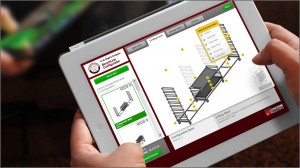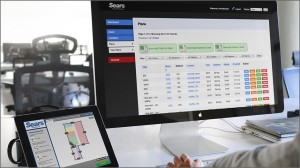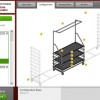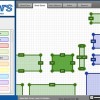 A business operating platform integrates a range of IT components into a single package that scales to meet an organization’s changing needs.
A business operating platform integrates a range of IT components into a single package that scales to meet an organization’s changing needs.
At Lithyem, we place the business operating platform concept at the center of the cloud-based software solutions we develop for customers. The main objective is to streamline the operations of medium-to-large scale enterprises. Our platforms empower customers to meet that goal, reducing costs, saving time and increasing productivity.
Lithyem’s business operating platform consists of software application modules and business process workflows, reinforced with security and backup capabilities. Those components are built upon a 24/7 cloud platform foundation. At the top of this platform stack, an insight and analytics layer gleans actionable information that supports executive decision making.
This approach offers organizations a number of advantages as they look to cut through the complexity of IT. Here are some of the key benefits:

 It’s a rare business that can’t find a few opportunities to streamline internal business processes. After all, any business activity can accumulate complexity over time as an organization evolves. In addition, a process may become irrelevant as business models change, yet retain its grip on a company. And some processes may involve multiple hand-offs and re-entering data, slowing cycle time and increasing exposure to human error.
It’s a rare business that can’t find a few opportunities to streamline internal business processes. After all, any business activity can accumulate complexity over time as an organization evolves. In addition, a process may become irrelevant as business models change, yet retain its grip on a company. And some processes may involve multiple hand-offs and re-entering data, slowing cycle time and increasing exposure to human error. It’s a common trap.
It’s a common trap.












